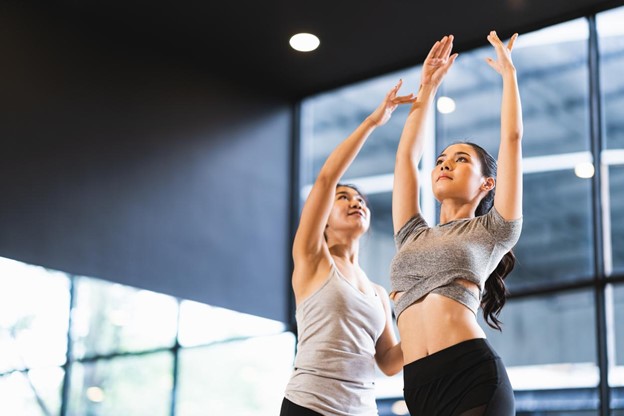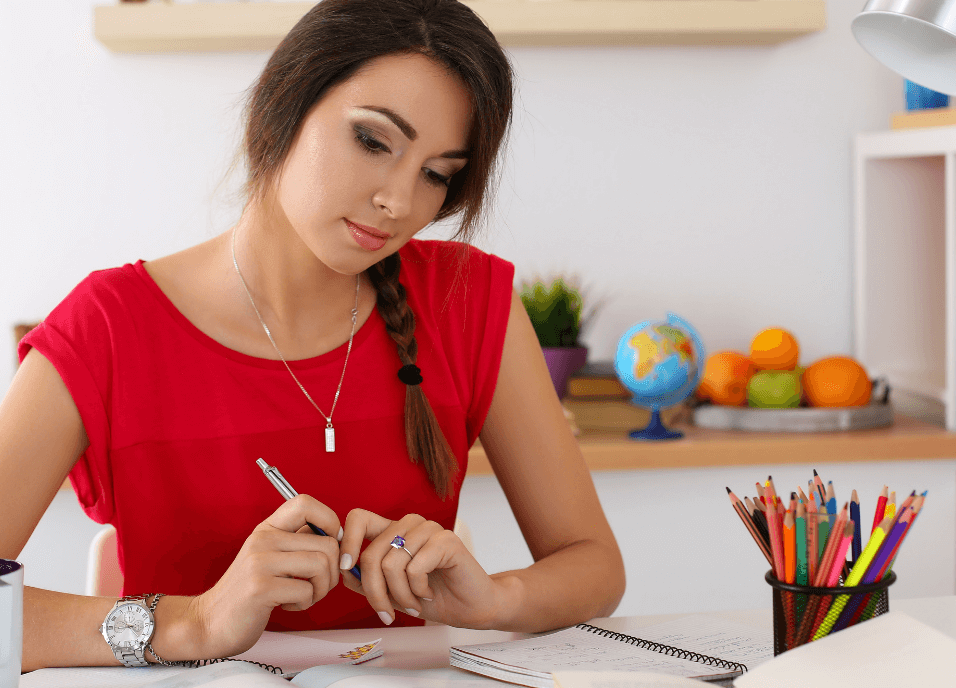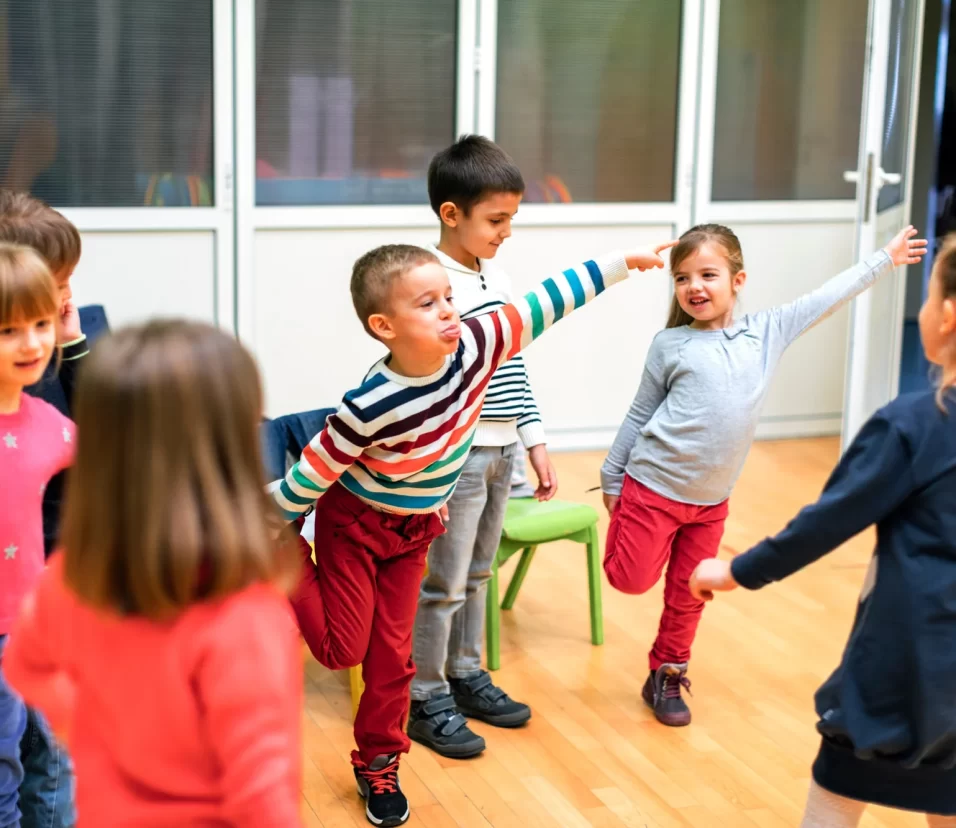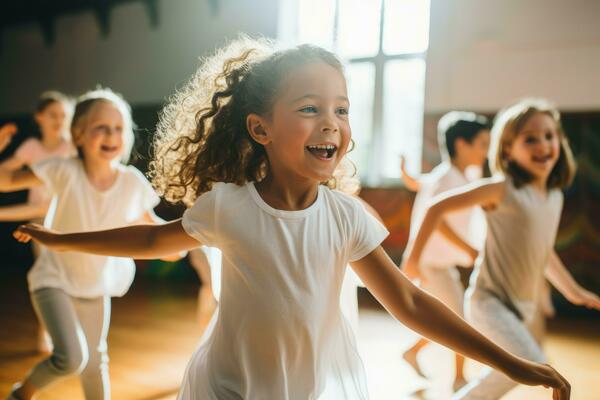How to Face Your Fear of Teaching Dance: Tips from Real Teachers
As an educator, I’ve faced many challenges in my career, but nothing fills me with dread like teaching dance. Dance has always been my Achilles’ heel—keeping a beat feels as impossible as solving quantum physics and showing expression. Forget about it. Being an old-fashioned English guy, I struggle to relax enough to “let loose.” It doesn’t help that even in social situations, friends need to practically drag me onto the dance floor.
Yet, dance is a key part of the PE curriculum. For years, I avoided teaching it as much as possible until some kind and understanding colleagues (Karen and Ella, thank you!) gave me the encouragement I needed to face my fear head-on. To my surprise, I’m not alone. Many teachers dread the prospect of teaching dance, especially those who lack formal training. But guess what? I’ve discovered that with the right approach, teaching dance can be fun, engaging, and, yes, even enjoyable—for both students and teachers.
Understanding Why Dance Is Important
The first step to embracing dance as a teacher is recognizing why it matters. One of the most compelling points I make in class is asking my students:
“What activity is practiced by every culture around the world?”
Students throw out answers like football or music, but eventually, we land on the correct answer: dance.
Dance is universal, transcending culture, language, and geography. In my PE classes, I emphasize the significance of dance as an art form that everyone can connect to. From tribal dances deep in the rainforest to the mesmerizing Haka of the Maori, dance serves as a means of expression, communication, and cultural tradition. This understanding sets the foundation for engaging students, both boys and girls alike.
Breaking Down the Fear: Start with the Basics
For teachers like me, who fear the dance unit in PE, the trick is to keep it simple and structured. Here’s a format I found incredibly effective in delivering a dance unit with confidence:
Session 1: Introducing the Haka
I begin with something bold yet structured: the Haka to make things approachable. Yes, you’ve likely seen that powerful Maori war dance from New Zealand’s rugby team.
Start by showing a video of the Haka and asking students: “Why do they perform this?”
Most will recognize the Haka, and their answers will center on its purpose—to intimidate the opposing team and convey strength, unity, and tradition. This sparks a lively discussion and helps students see dance as more than just steps; it’s a form of Emotional Development Through Dance that can express powerful messages.
Lesson Plan: Creating Our Own Haka
- Introduce Simple Haka Moves: I teach three basic Haka actions using a resource sheet (or a tool like Moververse). It’s crucial to lead this from the front and let students mimic the movements. Don’t worry—if I can manage this, so can you!
- Set to Music: Once we’ve mastered the moves, we set them to an easy-to-follow, pounding beat. I personally use the track Beowulf—What We Need is a Hero, but any music with a strong rhythm will work. Students perform the basic actions in time with the beat.
- Personalized Moves: After introducing the core moves, ask each student to create their 8-beat action. This fosters Cognitive Development Through Movement, encouraging students to think creatively while moving their bodies.
- Partner Work: Have students teach their newly created move to a partner. Now, each pair has a sequence of five dance actions they can perform together.
Session 2: Building Confidence with Formations
For the second lesson, we focus on dance formations. Watch the Haka video again, and discuss how their shape adds to the message. I use the analogy of a wolf pack (with the leader at the back and the wise elders leading the way) to explain how formations in dance can help communicate power and unity.
Working in formations makes students feel more comfortable because they move as a group rather than being spotlighted individually. This also ties in with our Dance for Early Childhood theme—helping even the youngest students feel confident and included.
Session 3: Adding Emotional Layers
In this session, we revisit the theme of Emotional Development Through Dance. Encourage students to think about what they want their dance to “say.” Whether it’s intimidation like the Haka or something else, ask them to incorporate movements that express emotions. By now, the students are invested, and even those reluctant to participate are starting to come out of their shells.
We also look at how different movements—such as traveling between formations—can change the dynamic of the dance. Students experiment with shifting between poses or weapons (imaginatively) to convey different messages. This stage is about making the performance come alive and allowing students to reflect on how movement speaks volumes.
Final Performance & Reflection
Finally, I have students perform their dances and review each other’s performances. We use a simple evaluation sheet to discuss timing, formations, and emotional impact. This boosts students’ confidence and helps them appreciate the structure and creativity behind dance.
Conclusion: Dance is for Everyone
Dance doesn’t have to be daunting. With a structured approach and a supportive environment, both teachers and students can overcome their fears and develop an appreciation for this universal art form. It can foster not only physical skills but also emotional and cognitive growth.
If you’re an educator looking for resources to help streamline your dance units or incorporate effective strategies, programs like Moververse can be a game-changer. They provide carefully crafted dance curricula tailored to teachers’ needs, making dance accessible, enjoyable, and even transformative for students.







Leave feedback about this